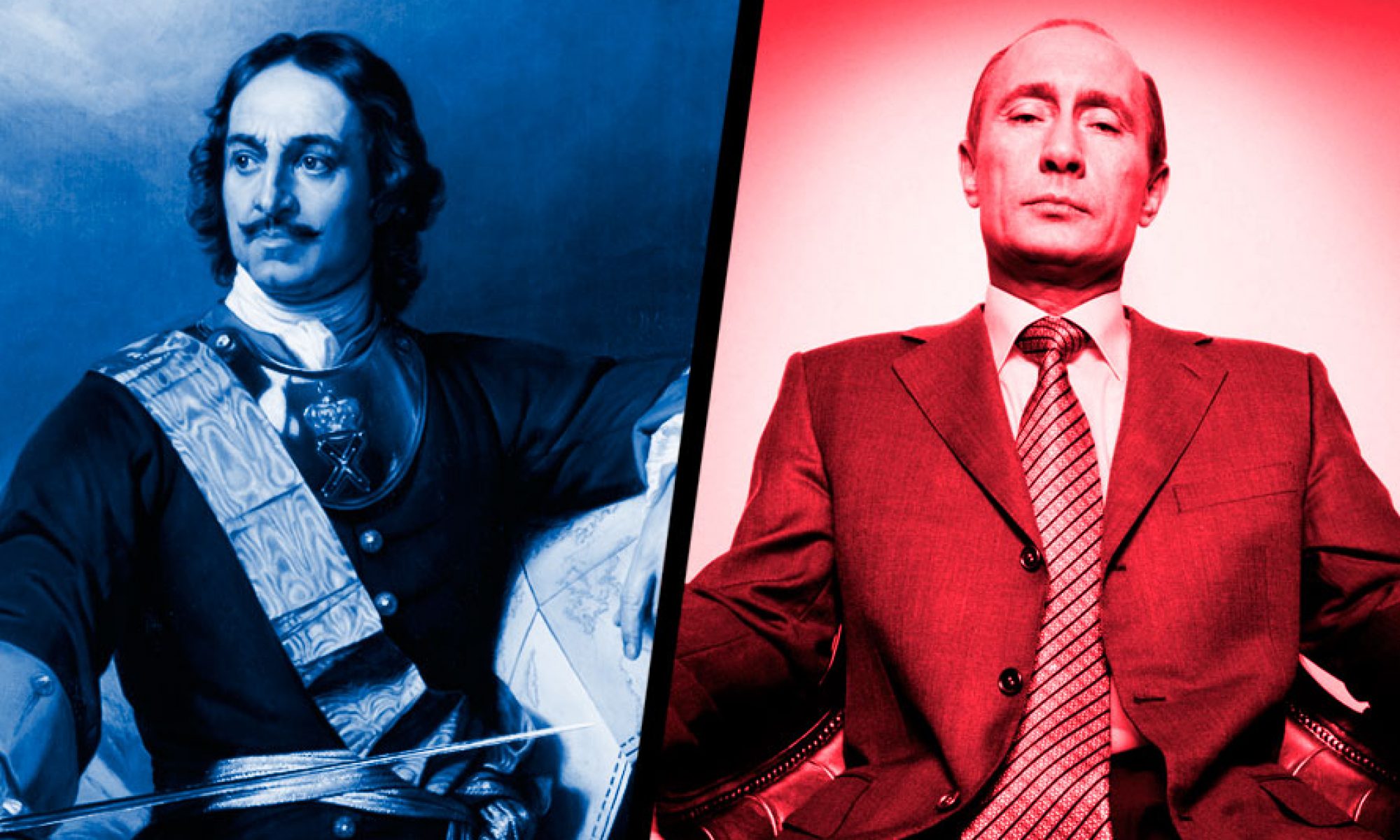As mentioned by Erik, it has been discussed in class how Peter the Great’s era was a time of great social and political change. This unit, the focus of analysis comes to the degree at which Peter also affected the culture of Russia during his reign. Peter as leader realized that the world around him was changing, modernizing so to speak, and because of that the art/architecture/literature reflected that. Peter also added his own influence to the changes that were being made at the time and as historians it is our job to distinguish the two. Not only does this area of focus pertain specifically to Peter and Russian culture, but as well as the essential questions of what makes a cultural revolution in a particular society. Please consider the following questions in relation to this post:
- Similar to Erik’s question and the claim made by Cracraft, however my question takes a more fundamental approach. Instead of asking the validity behind the claim of Peter’s cultural revolution being at the “base” of all of his others- I am asking if it is possible for any form of revolution to take place without automatically and simultaneously ensuing all other forms of revolution? To more plainly put, the question becomes could Peter have still separately concluded is societal and political revolutions without naturally ensuing a cultural revolution as well? How does this thought process and question apply to the idea of “revolution” generally?
- Peter’s cultural era was known for its way of removing or replacing certain types of iconography or symbolism that had been associated with a previous era or culture. Historically and in terms of ethics, was this practice efficient? Is it the “morally” right thing to do to remove art in order impose one’s own definitions of what art is? Similar to the way historical narrative can be rewritten either by the victor or by some discovery down the road, does the manipulation of art/cultural narrative in real time equate to that of altering a historical event’s narrative as a whole?
- It is also very important to note that Peter did not just influence art and literature but also architecture as well. Even before the time of Peter, Russian architecture had its own distinct style. For the case of this unit the question becomes what were the super-imposing features of Petrine Architecture? At first glance, what does this form and style psychologically instill for a viewer? Feelings of intimidation, reverence, or welcoming perhaps? Could parallels between Peter’s style of rule and this style of architecture be made?
- Dr. Goldman in her slide show displayed the vast differences between Peter’s “Little House” and The Winter Palace that he would later move into. This momentous shift in size and architecture of his domicile obviously reveals something about his want to change Russian culture in this way. However, what can this transition reveal to us as historians about Peter’s life at this time? Were there any other distinct and large changes in Russian culture at the same time as this? Could it be argued that there was one distinct event/encounter that would lead to the way Peter shaped Russian culture? And for fun, where would you want to live- “Little House” or Winter Palace?
